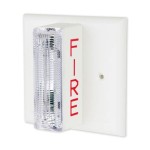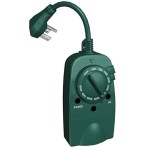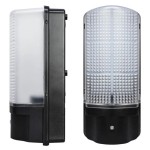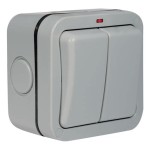Essential Aspects of Outdoor Pole Light Sensors
Outdoor pole light sensors play a crucial role in enhancing safety, security, and energy efficiency in outdoor areas. Understanding their essential aspects enables informed decision-making and effective implementation. This article explores the key factors to consider when selecting and installing outdoor pole light sensors, ensuring optimal performance and long-term benefits.
Sensor Type
Motion sensors, photocell sensors, and dual-technology sensors are commonly used in outdoor pole lights. Motion sensors detect movement, triggering light activation only when necessary. Photocell sensors respond to ambient light levels, automatically turning lights on at dusk and off at dawn. Dual-technology sensors combine both technologies, providing versatile control.
Sensing Range and Sensitivity
The sensing range determines the area covered by the sensor. A wider range is suitable for larger areas, while a narrower range may be preferred for targeted lighting. Sensitivity refers to the level of motion or light change required to trigger the sensor. Adjustable sensitivity allows customization based on specific needs.
Mounting Height and Angle
The mounting height and angle of the sensor impact its coverage and effectiveness. A higher mounting height provides a broader view, while a lower height enhances precision. The angle should be adjusted to optimize detection within the desired area.
Time Delay and Dusk-to-Dawn Settings
Time delay determines the duration the light remains on after motion is detected. Adjusting the time delay prevents false triggers and extends lamp life. Dusk-to-dawn settings ensure lights are automatically activated during preset hours, providing continuous illumination without motion detection.
Energy Efficiency and Savings
Outdoor pole light sensors significantly reduce energy consumption by activating lights only when necessary. This feature leads to substantial cost savings on electricity bills and contributes to environmental sustainability.
Durability and Weather Resistance
Outdoor pole light sensors must withstand harsh weather conditions, including extreme temperatures, moisture, and UV radiation. Durable construction and weather-resistant materials ensure reliable operation and extended lifespan.
Conclusion
Understanding the essential aspects of outdoor pole light sensors empowers users to make informed choices that maximize safety, security, energy efficiency, and cost savings. By considering factors such as sensor type, sensing range, mounting height, and energy efficiency, businesses and homeowners can optimize their outdoor lighting systems for optimal performance and long-term benefits.

Outdoor Solar Light Pole 6w 600lm 2700k Ip44 Sensor Black Amsterdam Shada Nl

Outdoor Solar Light Pole 3 3w 600lm 2700k Ip44 Sensor Black Göteborg Shada Nl

Farmhouse Dusk To Dawn Sensor Outdoor Post Light In Black Emliviar

Dusk To Dawn Motion Sensor Outdoor Post Lights Exterior Lamp Light

Konstsmide Milano Outdoor Post Light With Pir Sensor Lighting Direct

16 6 Dusk To Dawn Black Outdoor Post Light Farmhouse Exterior Pole Lantern Lighting With Photocell Sensor Aluminum Seeded Glass Finish Com

Outdoor Bright 12w 24w Led Solar Pole Wall Street Light Sensor Lamp

Emliviar Farmhouse Outdoor Post Light With Photocell Sensor 14 5 Inch

Solus 6 Ft Broe Outdoor Lamp Post With Dusk To Dawn Photo Sensor Fits 3 In Top Fixtures Sm6 320ncastv Bz The Home Depot

Outsunny 2 4 M Garden Lamp Post Light Led Solar Powered Patio Path Lighting With Aluminium Frame Pir Motion Sensor Black Diy At B Q







